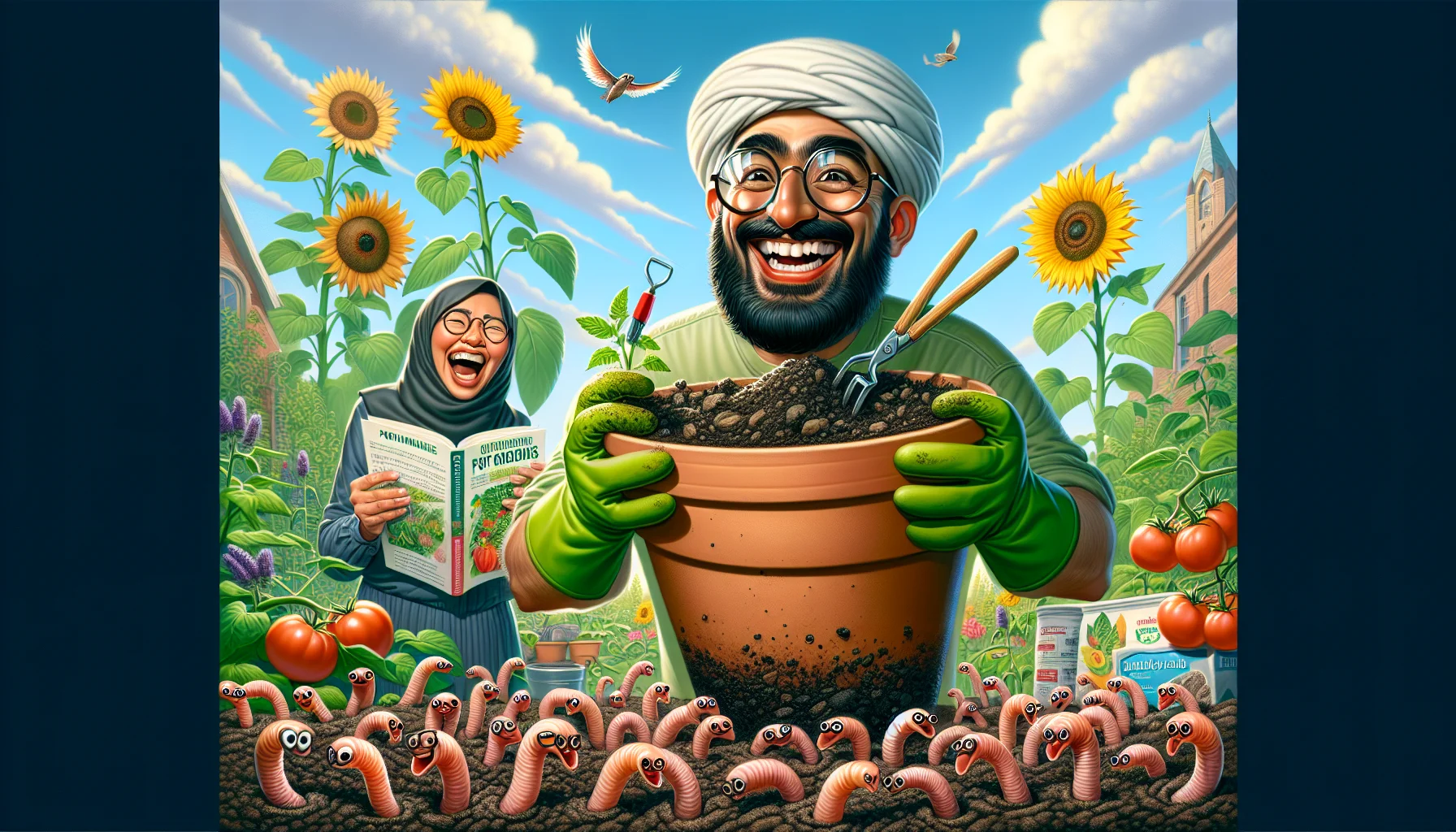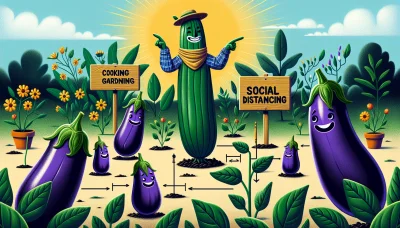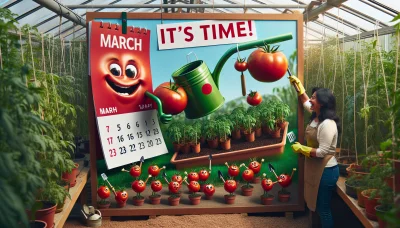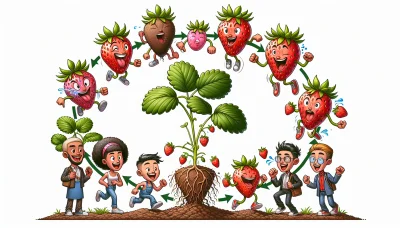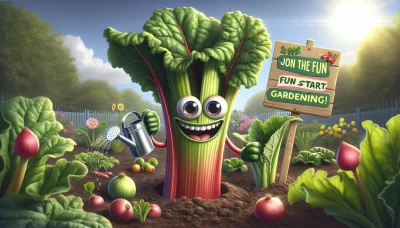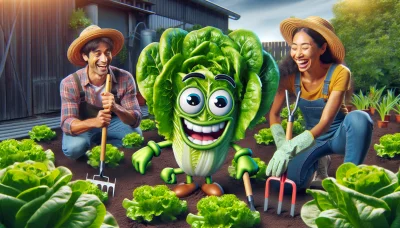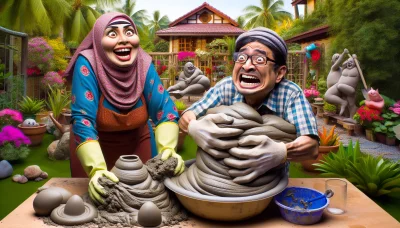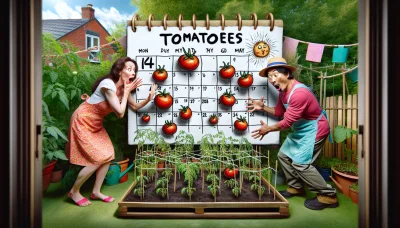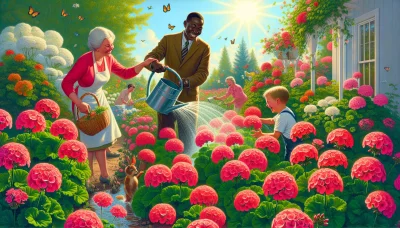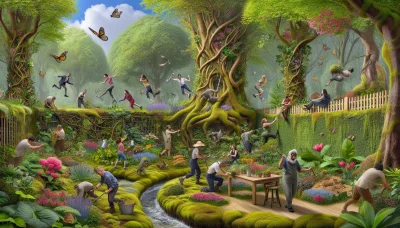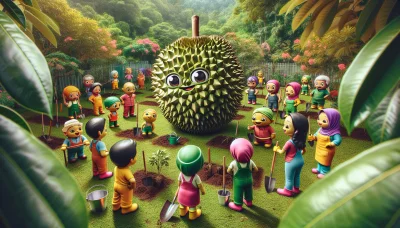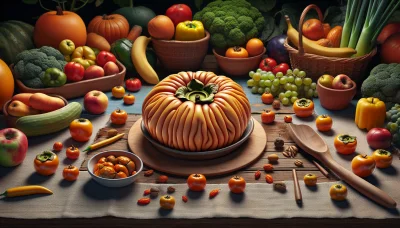Potting Soil Basics Quiz
Test Your Knowledge
Question of
Potting Soil Basics
Potting soil plays a crucial role in gardening, especially for container plants. It is specifically designed to provide an optimal environment for plant roots, offering a balance of air, nutrients, and moisture that garden soil cannot match. Unlike garden soil, potting soil is sterile, preventing disease and weed issues, and is formulated to retain moisture without becoming waterlogged, ensuring that plants receive the hydration they need to thrive. Its composition also supports strong root development, which is essential for healthy plant growth.
Types of Potting Soil
- All-Purpose Potting Soil
- Seed Starting Mix
- Orchid Potting Mix
- Cactus Potting Mix
- African Violet Potting Mix
- Organic Potting Soil
- Moisture Control Potting Soil
Choosing the Right Potting Soil
When selecting potting soil for your plants, it's essential to consider several key factors to ensure your plants thrive. First, understand the specific needs of your plants – some may require more drainage, while others might need soil that retains moisture longer. The content of the soil, such as peat, perlite, vermiculite, and compost, can significantly affect its drainage and nutrient levels. Additionally, consider the pH level of the soil, as different plants have varying requirements for optimal growth. Organic versus inorganic soils also play a role, depending on your gardening preferences and the needs of your plants. Lastly, always check for soil quality and avoid those with added chemicals or pests, to give your plants the best start.
How to Prepare Your Own Potting Soil
- Gather the necessary ingredients: compost, vermiculite, and peat moss or coco coir.
- In a large container, mix 1 part compost, 1 part vermiculite, and 1 part peat moss or coco coir.
- Stir the mixture thoroughly to ensure an even blend.
- If desired, add a handful of organic fertilizer to the mix to provide additional nutrients.
- Moisten the mixture slightly with water to reduce dust and make it easier to work with.
- Adjust the texture if necessary by adding more of any ingredient until you achieve the desired consistency.
- Store the prepared potting soil in airtight containers until ready to use.
Common Mistakes to Avoid
Many gardeners, whether beginners or more experienced, often overlook crucial aspects of using potting soil, leading to several common mistakes. One frequent error is not choosing the right type of potting soil for specific plants, as different plants require different nutrient balances and drainage capabilities. Another mistake is failing to replace old potting soil, which can become compacted and nutrient-depleted over time, hindering plant growth. Over-watering or under-watering plants in potting soil is also a common issue, as potting soil has different water retention capabilities than garden soil. Additionally, gardeners sometimes neglect to fluff or aerate the potting soil before planting, which can affect root growth and soil drainage. Avoiding these common mistakes can greatly improve the health and vitality of potted plants.
Potting Soil Maintenance Tips
- Regularly check the moisture level to prevent over-watering or under-watering.
- Add compost or worm castings annually to replenish nutrients.
- Fluff the soil periodically to prevent it from compacting, which can hinder root growth.
- Remove any weeds or debris to keep the soil healthy and prevent pests.
- Test the soil pH every few months and adjust as necessary to meet the needs of your plants.
- Replace or rejuvenate potting soil every 1-2 years to ensure optimal plant health.
- Consider adding perlite or vermiculite to improve aeration and drainage.
- During the off-season, store unused potting soil in a cool, dry place to maintain its quality.
